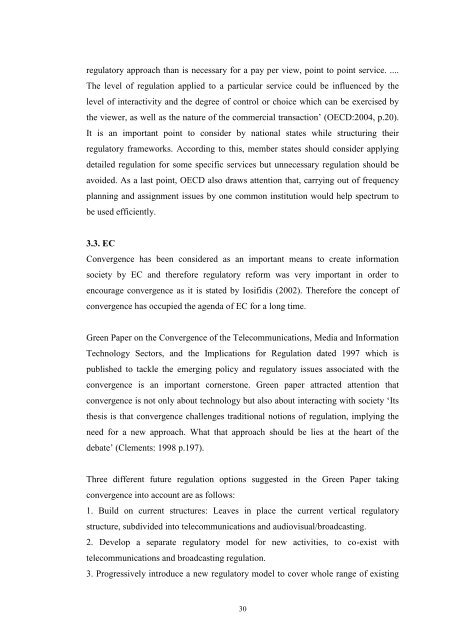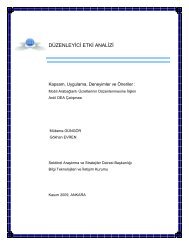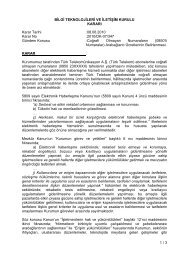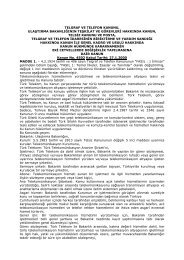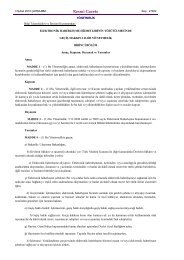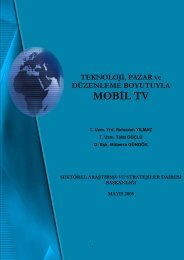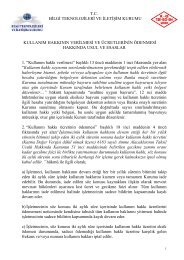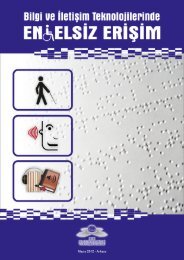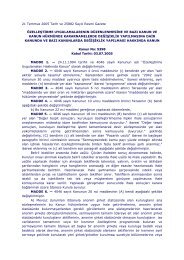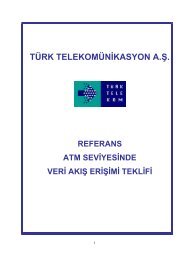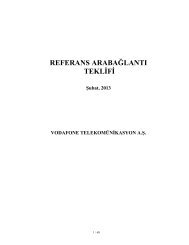city university london school of social sciences convergence of ...
city university london school of social sciences convergence of ...
city university london school of social sciences convergence of ...
Create successful ePaper yourself
Turn your PDF publications into a flip-book with our unique Google optimized e-Paper software.
egulatory approach than is necessary for a pay per view, point to point service. ....The level <strong>of</strong> regulation applied to a particular service could be influenced by thelevel <strong>of</strong> interactivity and the degree <strong>of</strong> control or choice which can be exercised bythe viewer, as well as the nature <strong>of</strong> the commercial transaction‟ (OECD:2004, p.20).It is an important point to consider by national states while structuring theirregulatory frameworks. According to this, member states should consider applyingdetailed regulation for some specific services but unnecessary regulation should beavoided. As a last point, OECD also draws attention that, carrying out <strong>of</strong> frequencyplanning and assignment issues by one common institution would help spectrum tobe used efficiently.3.3. ECConvergence has been considered as an important means to create informationsociety by EC and therefore regulatory reform was very important in order toencourage <strong>convergence</strong> as it is stated by Iosifidis (2002). Therefore the concept <strong>of</strong><strong>convergence</strong> has occupied the agenda <strong>of</strong> EC for a long time.Green Paper on the Convergence <strong>of</strong> the Telecommunications, Media and InformationTechnology Sectors, and the Implications for Regulation dated 1997 which ispublished to tackle the emerging policy and regulatory issues associated with the<strong>convergence</strong> is an important cornerstone. Green paper attracted attention that<strong>convergence</strong> is not only about technology but also about interacting with society „Itsthesis is that <strong>convergence</strong> challenges traditional notions <strong>of</strong> regulation, implying theneed for a new approach. What that approach should be lies at the heart <strong>of</strong> thedebate‟ (Clements: 1998 p.197).Three different future regulation options suggested in the Green Paper taking<strong>convergence</strong> into account are as follows:1. Build on current structures: Leaves in place the current vertical regulatorystructure, subdivided into telecommunications and audiovisual/broadcasting.2. Develop a separate regulatory model for new activities, to co-exist withtelecommunications and broadcasting regulation.3. Progressively introduce a new regulatory model to cover whole range <strong>of</strong> existing30


